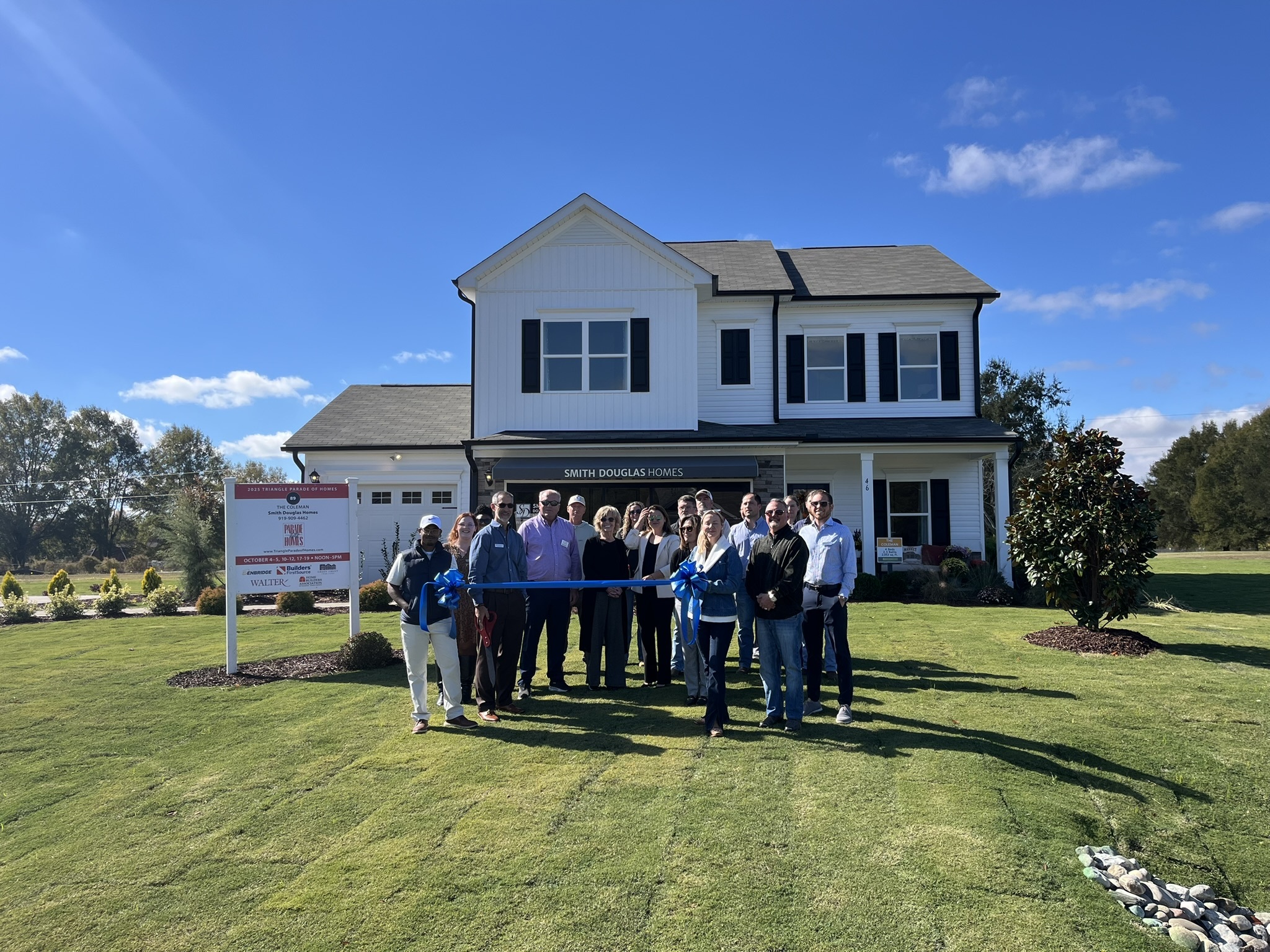
In the face of the many dangers, U.S. Army technology has adapted to protect leaders and soldiers on the modern battlefield while propelling the Army into 2030.
Leaders like Command Sgt. Maj. Corey Wilkens, command sergeant major, 20th Engineer Brigade, XVIII Airborne Corps, personally witnessed the advancement of technology over the last 22 years, where the brigade’s mission is to provide engineer support to units across the Army, joint and special operation forces.
"What I've learned as a combat engineer is when at our time of need, the government, industry and the United States keeps us alive and answers what we need at that time," said Wilkens. "The challenge of technology is ever-changing every day, and we stay on top of new technology rolling out."
He witnessed the technology used in wartime firsthand through various deployments including to Iraq in support of Operation Iraqi Freedom, Operation Inherent Resolve and multiple tours to Afghanistan.
When Wilkens enlisted during the beginning of the Global War on Terrorism the threat of an intermittent explosive disorder was prevalent. With root clearance equipment and incredibly fast fielding adoption and doctrinal changes, combat engineers were able to maneuver enemy obstacles and accomplish challenging missions, he said.
“What we were able to see is the call of industry and government coming together during those early years to answer the technological need to save people's lives,” said Wilkens. “What we're doing today, in fact, ties right into that same mission as I look at that detection asset that I'm flying on an unmanned aerial system (UAS).”

Wilkens recently took part in the Sandhills Project 3.0, an innovation experiment to deliver robotic, autonomized breaching solutions to large-scale combat operations at Fort Liberty, July 10, 2024.
"The Sandhills Project 3.0 goal is to provide a capability to the XVIII Airborne Corps to conduct unmanned breaching and remove sappers from the breach, to be able to trade robots for sappers," Wilkens explained. "We do this with industry-leading partnerships which allows us to learn to be able to collaborate and understand what the next steps are that we need to take to be able to realize this capability within the XVIII Airborne Corps and provide a fight."
The Sandhills Project 3.0 offers field demonstrations to military personnel, carried out by civilian mechanical engineering companies in partnership with the U.S. Army. The 20th EB's adept use of technology continues to significantly impact the Army's combat capabilities.
Private 1st Class Shakir Wali, a horizontal construction engineer with 264th Clearing Company, 20th EB, considers the Sandhills Project 3.0 a significant advancement in enhancing tactics for modern warfare and safeguarding the lives of Soldiers.
"My favorite aspect of the Sandhills Project 3.0 was the drones (UAS)," Wali revealed. "I feel it is quicker and more efficient than the older tools to clear obstacles, keeping Soldiers out of danger which will prevent injury and maintain manpower".

The "Ground Penetrating Radar Drone" developed by Lawrence Livermore Laboratories, a technology company partnered with the U.S. Army, underwent testing at the Sandhills Project 3.0.
James Reimer, a mechanical engineer with Lawrence Livermore Laboratories, was one of the demonstrators at the Sandhills Project 3.0.
"With the ability to fly these drones remotely, we remove the warfighter from the threats and danger in the field," Reimer stated. "We eliminate the command loop for danger while detecting hazardous explosives much faster remotely than the current technology out there today."

With the ability to fly drones from a distance, Soldiers are more protected from enemy obstacles in the field. By doing this, combat engineers can quickly find dangerous explosives from afar, without putting anyone in harm's way.
Wilkens says the Army’s ability to test and provide feedback on the fast working drone technology used in battle is invaluable. This asset helps fulfill the requirements for Army 2030.
The U.S. Army is deeply committed to investing in advanced technology to enhance its combat capabilities, ensuring that combat engineers have the necessary tools to effectively address adversary obstacles. The investment in unmanned aerial systems tested in the Sandhills Project 3.0 is critical for improving the safety of our soldiers and minimizing the loss of lives in battle.
Story by Spc. PS Bailey Whilden, XVIII Airborne Corps Public Affairs
Disclaimer: The appearance of U.S. Department of Defense (DoD) visual information does not imply or constitute DoD endorsement.

Smith Douglas Homes has launched its notable development called Cape Overlook, a 63.95-acre subdivision situated on the Cape Fear River near Wildlife Road.

Walsingham Group Inc., an organization federally recognized for its efforts and emphasis on hiring Veterans is partnering with local and national organizations to recruit, hire and retain Veteran talent. Photo generated using Canva AI.Walsingham Grou

Costumed actors will roam the streets, carriage rides will guide visitors throughout and the traditional candlelight processional and illumination ceremony will be included at this year’s A Dickens Holiday. Photo provided by A Dickens Holiday, taken